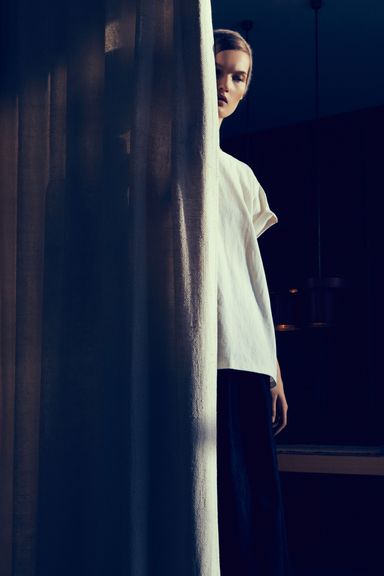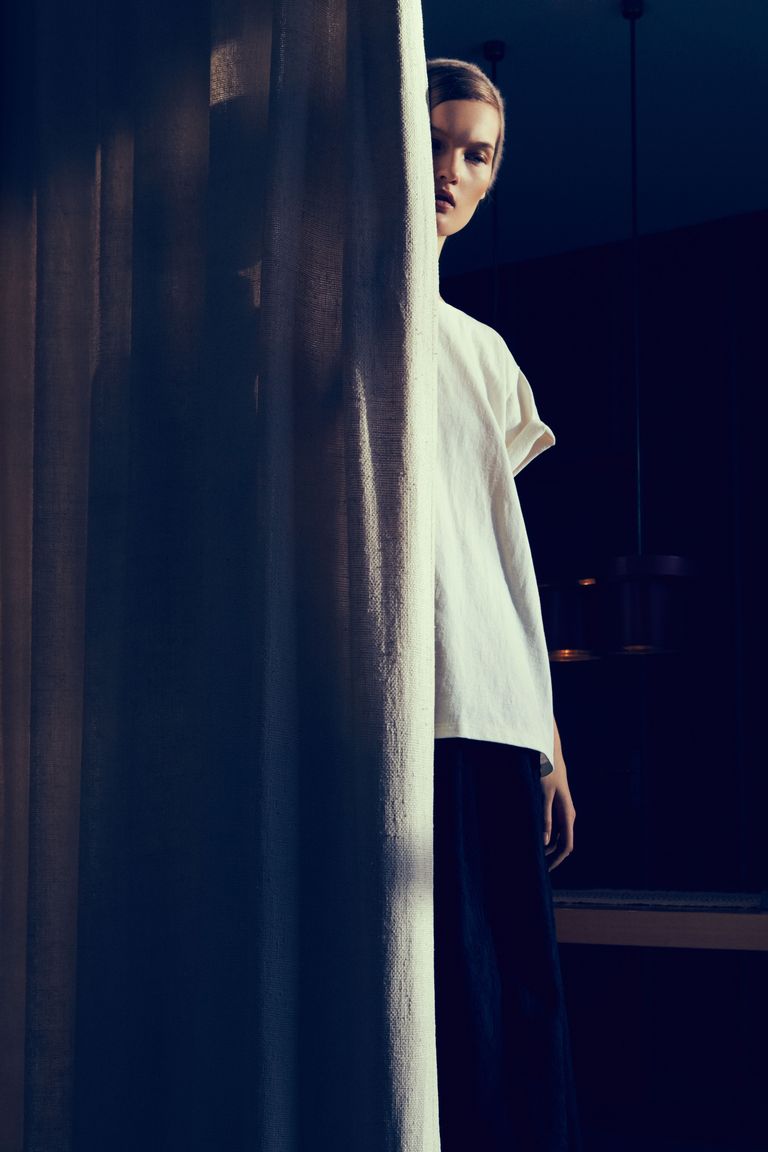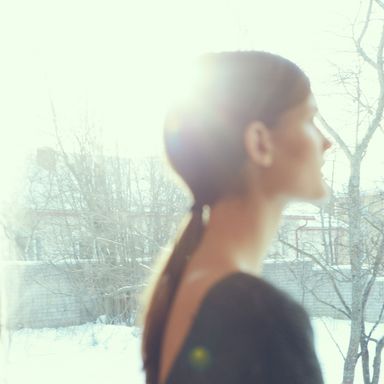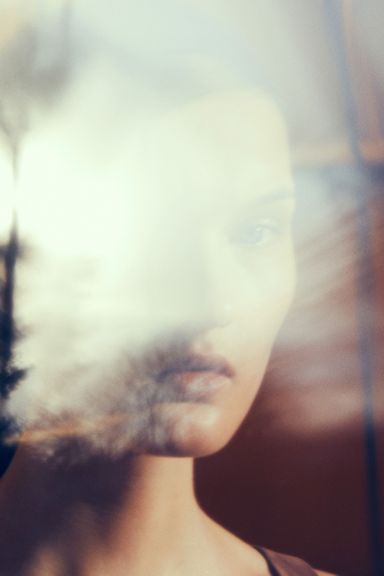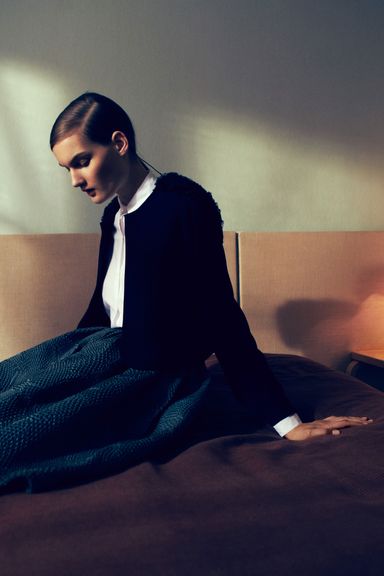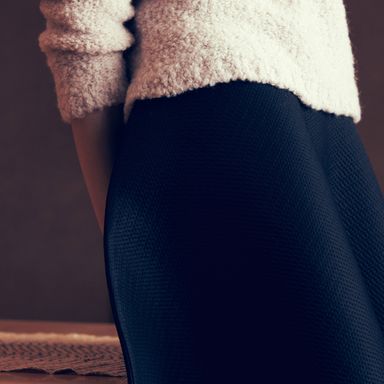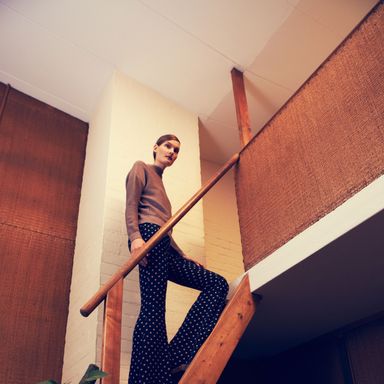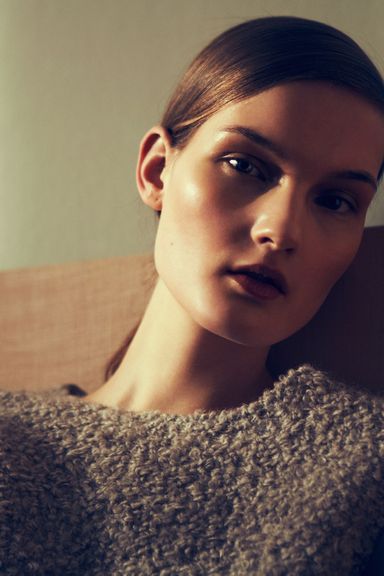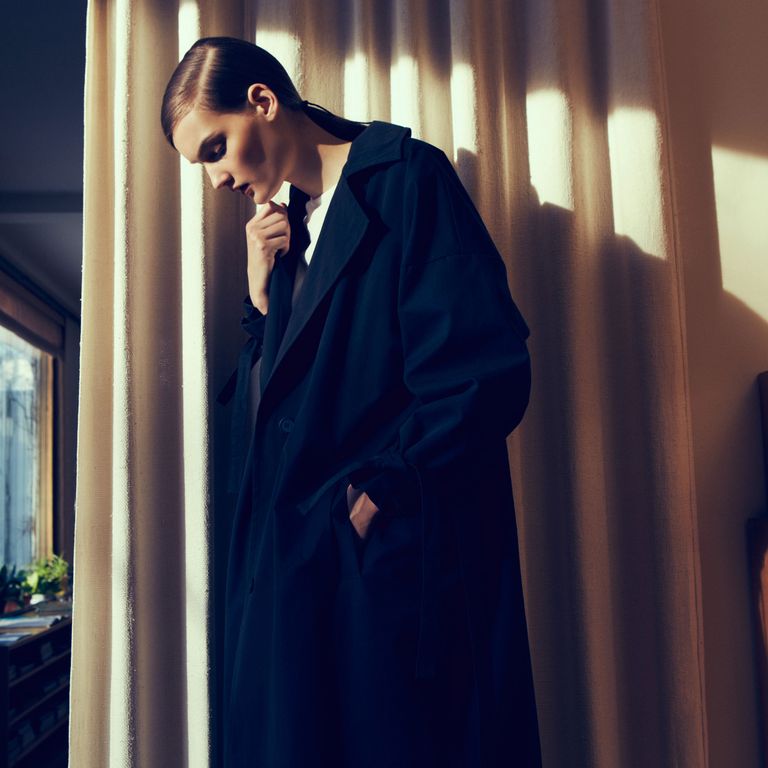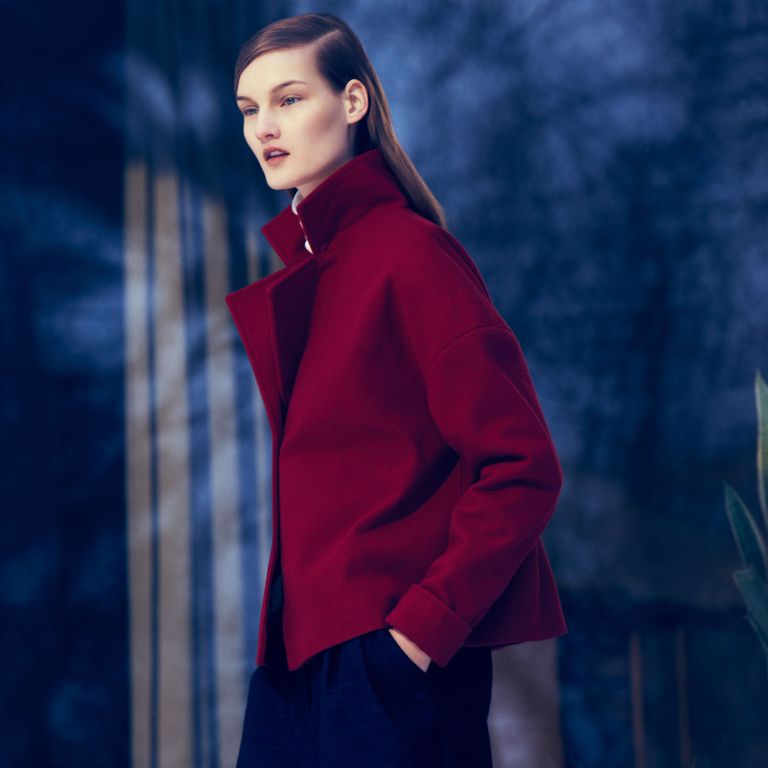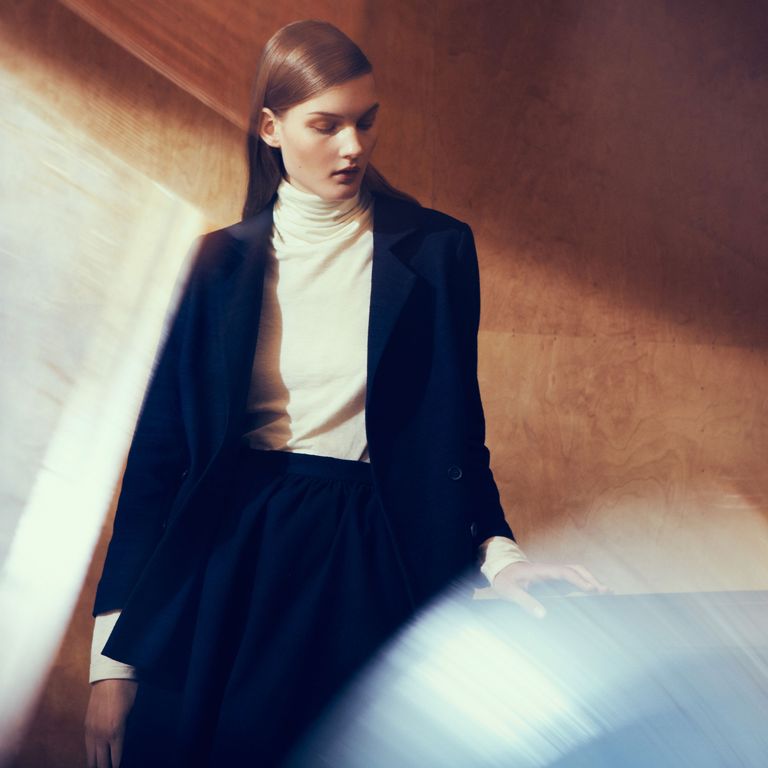A Minimalist Finnish Brand With an Eye on Sustainability
Designer Samu-Jussi Koski can thank techno music for planting the first seeds of design fever into his life. While growing up in a small village called Muurame, in central Finland, the founder of Samuji plunged into the world of design when techno-mania called out to his 13-year-old soul. “When techno came along, we needed to make our own clothes because otherwise, there was nothing,” he shared, laughing. “[My interest in fashion] started like that. We started to design our own clothes, like pink latex trousers and furry polyester things, and when I made something for my friends, people liked it, and they wanted me to do something more.” His friend’s mother was also a fashion designer, so once he had passed the phase of designing psychedelic dance gear, Koski spent time a good chunk of time at the atelier, flipping through fashion glossies like Vogue and Elle.
Koski later went off to study fashion design in both Finland and Italy and spent roughly ten years at the epicenter of Finnish design and bold prints, Marimekko, before branching off and creating his own namesake brand, Samuji, in 2009. “When I left Marimekko, I was tired and fed up with the whole fashion industry. I didn’t see the point of bringing more stuff to this world, and didn’t like the way the industry works,” he said. “When I was ready to start my own venture, it was really important to me to do things in my own terms. I want Samuji to be a place of sustainable design. I want our pieces to last time both for their design and for their quality. And I want the manufacturing to be as responsible and fair as possible.” Koski uses a mix of silks, cashmeres, cottons, wools, and linens from Japan and Europe to kick-start his collections, and his minimalist design aesthetic with a hint of ornamental quirk can be attributed to his love for Finnish folklore. We talked to Koski more about his ecological bent and design inspirations. Click through the slideshow to get swept away in a cozy and sustainable dreamworld of Samuji’s winter collection: textured dresses, fuzzy sweaters, and voluminous coats abound.
Tell me a little bit more about your vision for Samuji. You’ve mentioned an ecological and sustainable focus, but you also have a classical and seasonal collection. What’s the backstory behind that?
I started Samuji by collecting and creating what we now call “the complete wardrobe”: collection of the classical pieces every woman wants and can use from season to season. I asked my friends, “If you could only have ten pieces of clothes, which would you choose? Which would you absolutely need and want?” From there grew the classic collection. It’s based on those answers. Then, to the side of the complete wardrobe, we created the seasonal line, which is a more bohemian, colorful collection. But our core values mark these both. Both lines grow from sustainable design and lasting quality.
How important is the fabric-selection process for you?
For me, everything starts from the fabrics. Every season, I go to Premiere Vision, which is the biggest fabric fair in Europe. Every season, I look for new fabrics. The quality of the fabrics is very important to me. They need to feel right in your fingers. I use a lot of natural fibers and fabrics, and try to prioritize ecological or sustainable fabrics and manufactures. But I want to be honest about this: I can’t call Samuji an “eco-label” in the sense of using recycled materials or something like that. For me, it’s deeper. Environmental thinking, sustainability, fairness, and high quality are in the core of our values.
Who would you say is the Samuji woman?
She shares the values we at Samuji hold dear: a love of necessary things, simple functionality, and kindness. I think and hope she’s open to new [things], interested in and concerned about the world.
What was your creative process for your winter collection?
One of the inspirations for the winter collection was this idea of a Marathon Dance. People used to do this in the 1920s and thirties in Pennsylvania, Ohio, and so on. People would stand on their feet dancing for a given length of time, just dancing like crazy. I came across the phenomenon on the Internet and was fascinated by it. I’ve always been very interested in Finnish costume and Finnish folklore as well, and we have this crazy Midsummer Night Party in Finland. We created a video where we’re dancing like crazy in this barn, and that was the starting point. And then I started to create the collection.
How did you come up with the name, Samuji?
It used to be my signature: Samu-Jussi got shortened to Samu-J. And when pronounced as we do in Finland, it means “cold” in Japanese. So it fits a Finnish brand.
